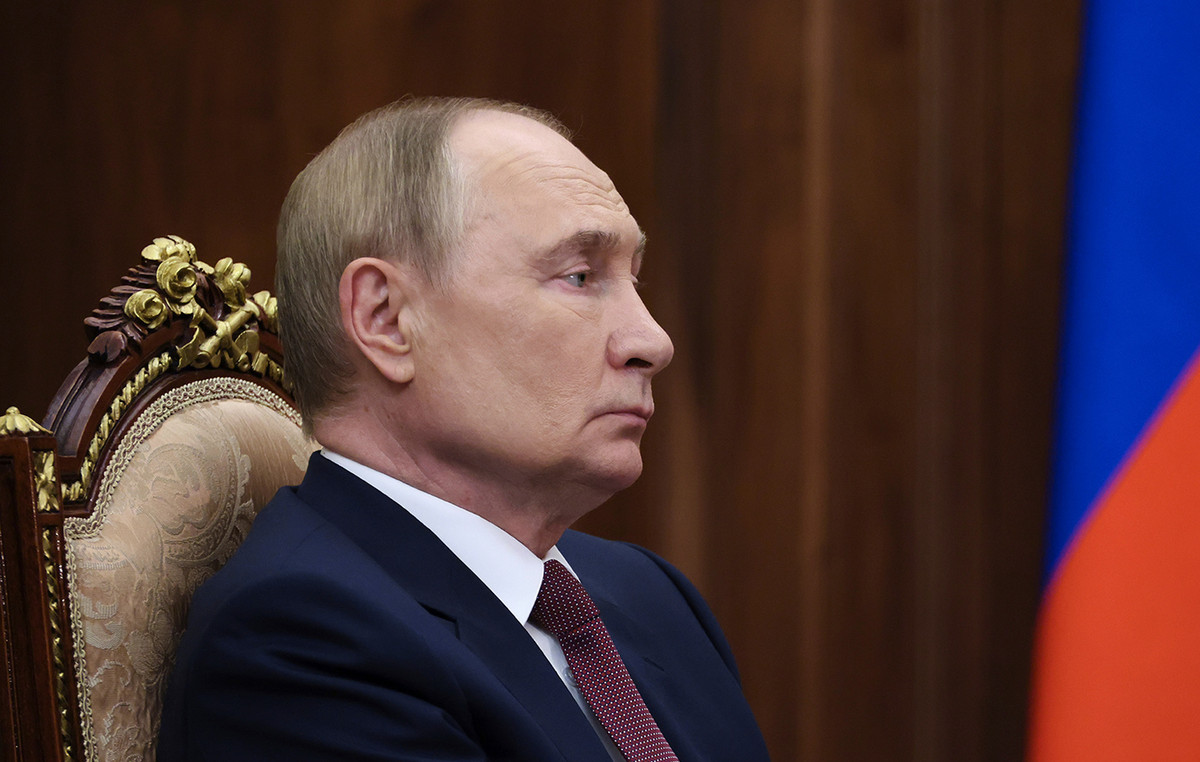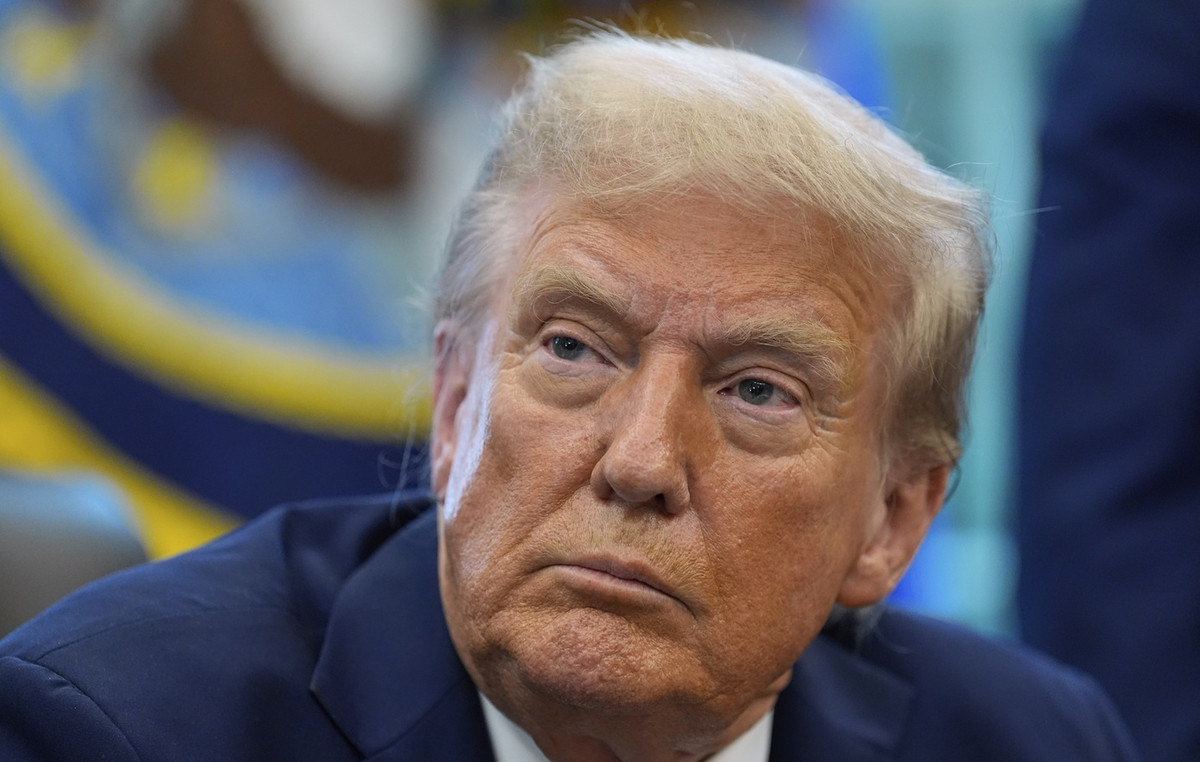- Mexican peso strengthens after US consumer confidence deteriorates.
- Inflation in Mexico fell below estimates in September, with core inflation falling below 5%, raising expectations of a 25bp rate cut by Banxico on Thursday.
- Analysts expect Banxico to cut rates from 10.75% to 10.50%, citing falling inflation, weaker economic activity and Fed easing.
The Mexican Peso advanced against the US Dollar during the North American session after the Conference Board (CB) revealed that consumer confidence in the United States (US) deteriorated. Meanwhile, inflation in Mexico fell below estimates ahead of the Bank of Mexico (Banxico) monetary policy meeting on Thursday. At the time of writing, the USD/MXN is trading at 19.36, down more than 0.28%.
Inflation in Mexico in the first half of September fell on a monthly and year-on-year basis, according to the National Institute of Statistics, Geography and Informatics (INEGI). The underlying figures fell after being above the 5% threshold and improved compared to the previous reading.
According to Reuters, Banxico is expected to cut interest rates by 25 basis points (bps) on September 26, from 10.75% to 10.50%.
Analysts at Capital Economics quoted by Reuters said: “Falling inflation, combined with weak economic activity and the fact that the US Fed is also easing monetary policy, means Banxico is almost certain to cut by another 25 basis points.”
Across the border, consumer confidence deteriorated in September, reaching its lowest level since August 2021 due to concerns about the labor market and the overall economic outlook.
Meanwhile, Fed Governor Michelle Bowman said risks to inflation remain prominent, adding that she favors “a measured pace of tapering” to avoid reigniting inflation.
Daily Market Wrap: Mexican Peso on the Offensive as Inflation Falls
- Inflation in the first half of September was 0.09% month-on-month, below estimates of 0.15%. In the 12 months to September, it expanded by 4.66%, below forecasts of 4.73% and the previous reading of 5.16%.
- Core inflation for the same period rose slightly from 0.1% to 0.21% on a monthly basis, but was below forecasts of 0.23%. On an annual basis, core prices fell from 3.98% to 3.95%, below consensus.
- Mexico’s economic activity expanded in July, while retail sales contracted for a third consecutive month, but improved compared to the June reading.
- Banxico is expected to cut borrowing costs by 175 bps by the end of 2025, according to swap markets.
- CB Consumer Confidence in September fell from 105.6 to 98.7, missing the 103.8 estimated by analysts.
- Dana Peterson, chief economist at the Conference Board, said: “The deterioration in the index’s major components likely reflected consumer concerns about the labor market and reactions to fewer hours, slower wage increases and fewer job openings.”
- Market participants had fully priced in a 100% chance of a 25bp rate cut by the Fed. However, the odds of a 50bp easing are 56.2%, according to the CME FedWatch tool.
USD/MXN Technical Analysis: Mexican Peso Regains Ground as USD/MXN Dips Below 19.40
USD/MXN remains intact despite consolidating around the 19.00-19.50 range for the seventh consecutive day. Investors seem to be waiting for Banxico’s decision, although a “rising wedge” is forming, implying further downside.
The Relative Strength Index (RSI) suggests that sellers are gaining momentum as the RSI falls below its neutral line. Therefore, the path of least resistance is skewed to the downside.
If the USD/MXN falls below the September 23 low of 19.29, it will expose the confluence of the 50-day simple moving average (SMA) and the September 18 low near 19.08 to 19.06.
Conversely, if USD/MXN sustains above 19.30, the next resistance will be 19.50, followed by the August 6 high at 19.61. Once cleared, the 20.00 level will follow, followed by the yearly (YTD) high at 20.22.
Mexican Peso FAQs
The Mexican Peso is the legal currency of Mexico. The MXN is the most traded currency in Latin America and the third most traded currency in the Americas. The Mexican Peso is the first currency in the world to use the $ sign, prior to the later use of the Dollar. The Mexican Peso or MXN is divided into 100 cents.
Banxico is the Bank of Mexico, the country’s central bank. Created in 1925, it provides the national currency, the MXN, and its primary objective is to preserve its value over time. In addition, the Bank of Mexico manages the country’s international reserves, acts as a lender of last resort to the banking sector, and provides economic and financial advice to the government. Banxico uses the tools and techniques of monetary policy to achieve its objective.
When inflation is high, the value of the Mexican Peso (MXN) tends to decrease. This implies an increase in the cost of living for Mexicans, which affects their ability to invest and save. In general, inflation affects the Mexican economy because Mexico imports a significant amount of final consumer products, such as gas, fuel, food, clothing, etc., and a large amount of production inputs. On the other hand, the higher the inflation and debt, the less attractive the country is for investors.
The exchange rate between the USD and the MXN affects imports and exports between the United States and Mexico, potentially affecting demand and trade flows. The price of the Dollar against the Mexican Peso is affected by factors such as monetary policy, interest rates, the consumer price index, economic growth and some geopolitical decisions.
The exchange rate between the USD and the MXN affects imports and exports between the United States and Mexico, potentially affecting demand and trade flows. The price of the Dollar against the Mexican Peso is affected by factors such as monetary policy, interest rates, the consumer price index, economic growth and some geopolitical decisions.
Source: Fx Street
I am Joshua Winder, a senior-level journalist and editor at World Stock Market. I specialize in covering news related to the stock market and economic trends. With more than 8 years of experience in this field, I have become an expert in financial reporting.








